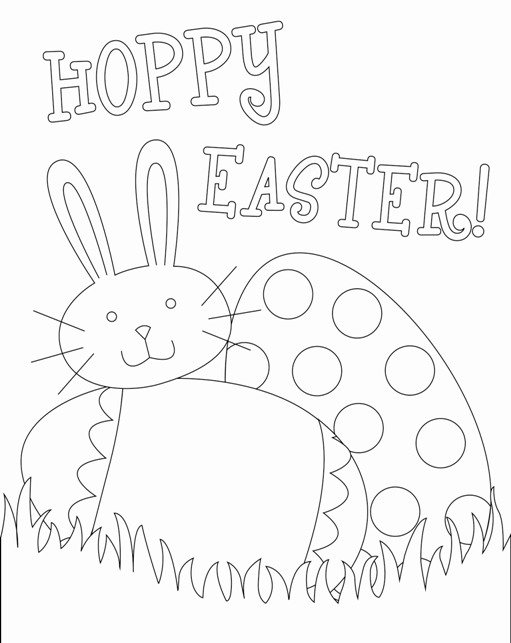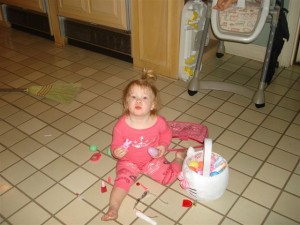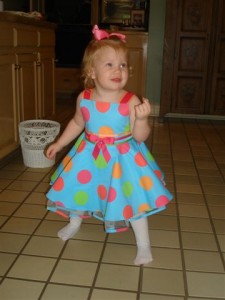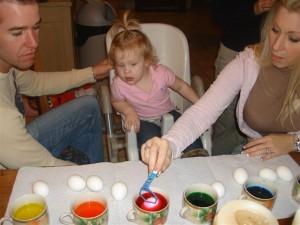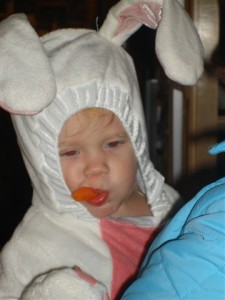Lauren Haddox Design has been so generous to make all my Mommy Teachers an activity page to work on with your little one between now and Easter! Lauren designs all my invitations, logos, everything…check out her etsy shop to see some of her designs. Thanks so much Lauren 🙂
Below is the Easter-themed template Lauren created and every time she contributes a design I am going to refer to it as a “Design for Development” because she is a professional creating a design to benefit your child’s development. The template is a black and white template for a reason: Your child is going to “color” it, but this isn’t just any old color sheet; this is an ACTIVITY sheet. Underneath the template link I left some tips on how you can guide your little one through the template to make it more purposeful and meaningful. I hope you have a great experience with this Easter activity!
1. Name all the letters that you know in the words “Hoppy Easter!”
2. Can you color the letters in a rainbow pattern?
3. How many dots are on the egg?
4. What color starts with the same sound as grass? (green)
5. How many whiskers does the bunny have all together? (3 and 3 more is 6!)
6. What shapes do you see in the picture?
7. Which word is longer…hoppy or easter? (easter) Which has fewer letters? (hoppy)
Here is a glimpse of what it looks like:

